Samsung Galaxy Watch Ultra (2025) vs Galaxy Watch Ultra: All the differences
Samsung isn't pulling any sharp moves with the Galaxy Watch Ultra (2025), and it doesn't need to.
We may earn a commission if you make a purchase from the links on this page.

Intro
After ruffling the feathers of the Android smartwatch community with its excellent but not terribly original Galaxy Watch Ultra last year, Samsung just refreshed the portfolio and only gave us a new Galaxy Watch Ultra color at its latest Unpacked event in early July.
Yes, we did expect a second generation of the Galaxy Watch Ultra to be released alongside the Galaxy Watch 8 and Galaxy Watch 8 Classic, but Samsung is once again taking a page out of Apple's book and only releasing a color version of its best smartwatch. That's precisely what we got at the one-year anniversary of the original Apple Watch.
Aside from a new color and double the native storage on the newer version, the rest of the hardware and feature sets are identical between the two phones.
Read more: Galaxy Watch Ultra review
Galaxy Watch Ultra (2025) vs Galaxy Watch Ultra: differences
- New Titanium Blue color
- 64GB vs 32GB storage
- Gemini AI, Vascular Load, Antioxidant Index coming to the older Galaxy Watch Ultra
- Same price as before ($650)
Table of Contents:
Design & Sizes
The Ultra blueprint
As already mentioned, the latest version of the Galaxy Watch Ultra has scored no visual changes in comparison with its predecessor, except for a new Titanium Blue color. Honestly, it looks pretty posh and appealing
This means we get the same large and imposing smartwatch, with a rugged and pretty distinct titanium squircle case but a circular sapphire display with a slightly raised bezel on top. Unlike the upcoming Galaxy Watch 8 Classic, the bezel here doesn't double as a hardware input to navigate the interface.

Galaxy Watch Ultra (2025) in Titanium Blue
The device has three buttons on the right-hand side: the standard top and bottom navigation buttons are joined by a large customizable button in the middle, which can enable different features and functionalities. On the left-hand side of the case, we will likely get the large dual slits for the loudspeakers. At the bottom, Samsung's all-encompassing BioActive sensor will reign supreme.
In terms of size, the Galaxy Watch Ultra is available in a single 47mm size with a flat 1.5-inch sapphire screen, like its predecessor. Both support IP68 water- and dust-resistance, enhanced waterproofing up to 100 meters (10ATM), and also feature MIL-STD-801H shockproofing.
As mentioned, the new version of the smartwatch comes in Titanium Blue color, joining the already available Titanium Silver, Titanium. Gray, and Titanium White colors.
Bands
Single-button detachment, what's there not to like?
The Galaxy Watch 8 series scores yet another new band attachment mechanism, called Dynamic Lug System, which ensures for a snug fit and reportedly more accurate health monitoring.
This new band attachment system is not coming to the Galaxy Watch Ultra (2025), which still relies on the previous push-button mechanism. This means that the Galaxy Watch 8 bands are NOT compatible with neither Galaxy Watch Ultra version.
The Titanium Blue version comes with a decadent dark-blue band, which looks quite classy.
Software & Features
New AI and health features incoming on both
Samsung and Google's partnership in terms of software carries on, and the Galaxy Watch Ultra (2025) will arrive with Wear OS 5 running beneath a refreshed One UI Watch 8 wrapper.
The new interface is slightly redesigned, with the Now Bar from Samsung's One UI 7 flagships available on the watch. It shows relevant information like timers and media controls straight on your watchface. Notifications from each app now occupy a single page, giving you richer context and providing you with more relevant actions at the bottom. You can also set up to six apps to be featured at the top of the app drawer for quick access.
A great addition here is Google Gemini, providing you with access to one of the most useful AI assistants straight on your wrist. It can execute multistep actions straight on your watch: you can ask it to start a 5K run and play your workout playlist simultaneously.
Both smartwatches have the same BioActive sensors, supporting ECG, heartrate monitoring, VO2, blood pressure, skin temperature, and more. The Galaxy Watch Ultra (2025) and the Galaxy Watch 8 Series arrive with two new health features, called Vascular Load and Antioxidant Index.
A great addition here is Google Gemini, providing you with access to one of the most useful AI assistants straight on your wrist. It can execute multistep actions straight on your watch: you can ask it to start a 5K run and play your workout playlist simultaneously.
The former aims to gauge the vascular load on your circulatory system while you're asleep and provide you with ways to improve it. It tracks your sleep habits, exercise load, and stress levels to determine your vascular load. The other new feature uses sensor data to determine the levels of antioxidants accumulated in your skin. It also gives you recommendations on how to lower your antioxidants.
Other improvements include a new Bedtime Guidance feature that will use Galaxy AI to determine the best times to hit the hay at night, based on your heart rate variability, heart rate, and previous sleep data.
Another new activity-based feature called Running Coach provides guidance and motivation to runners, give motivational messages, insights, and real-time feedback.
Other improvements include a new Bedtime Guidance feature that will use Galaxy AI to determine the best times to hit the hay at night, based on your heart rate variability, heart rate, and previous sleep data.
The original Galaxy Watch Ultra should also support all of these once it receives the One UI Watch 8 update.
Battery and Charging
No changes
No changes in the battery area, so the same 590mAh battery is still used across the line, and the chipset inside remains the same (Samsung's 3nm Exynos W1000 chip). No changes, indeed.
This means the Galaxy Watch Ultra (2025) boasts the same battery life as its predecessor: two with regular usage or up to three days if you're more frugal.
Charging-wise, it's the same 10W wireless charging again.
Models and Prices
Both smartwatches are available in a single 47mm size, and you can only have either one with cellular connectivity, which simplifies your choices.
The price continues to be $649.99 for the standard Galaxy Watch Ultra and the new color version.
Specs
Finally, let's compare the Galaxy Watch Ultra (2025) vs Galaxy Watch Ultra specs.
| Galaxy Watch Ultra (2025) | Galaxy Watch Ultra |
|---|---|
| Models 47mm Wi-Fi + Cellular versions | Models 47mm Wi-Fi + Cellular versions |
| Processor Exynos W1000 chip 3nm 64GB | Processor Exynos W1000 chip 3nm 32GB |
| Software WearOS 6, One UI Watch 8 | Software WearOS 5, One UI Watch 7 (upgradable to WearOS 6, One UI Watch 8) |
| Battery 590 mAh 10W wireless charging | Battery 590 mAh 10W wireless charging |
| Sensors BioActive, HR, blood oxygen, altimeter, ECG, water/skin temperature | Sensors BioActive, HR, blood oxygen, altimeter, ECG, water/skin temperature |
| Key features 10ATM, MIL-STD-810H Gemini AI Vascular Load, Antioxidant Index | Key features 100ATM, MIL-STD-810H Gemini AI Vascular Load, Antioxidant Index (might arrive OTA) |
Summary
This year's refresh of the Galaxy Watch Ultra is a pretty minor one, comparable to Apple's similar refresh of the Apple Watch Ultra a year after its arrival.
We get a new color, which looks pretty decent actually, more storage, as well as Gemini AI, some neat new health features, as well as a redesigned interface that's part of the WearOS 6 update.
However, most of those features are coming to the original Galaxy Watch Ultra, so aside from the new coat of paint and the extra storage, you won't get much by upgrading.
Should you pick one? Sure, if you want the very best of WearOS.
Follow us on Google News


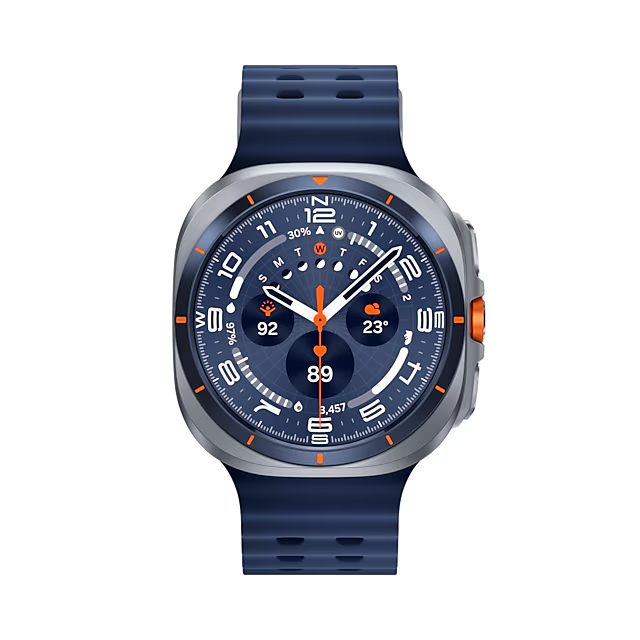
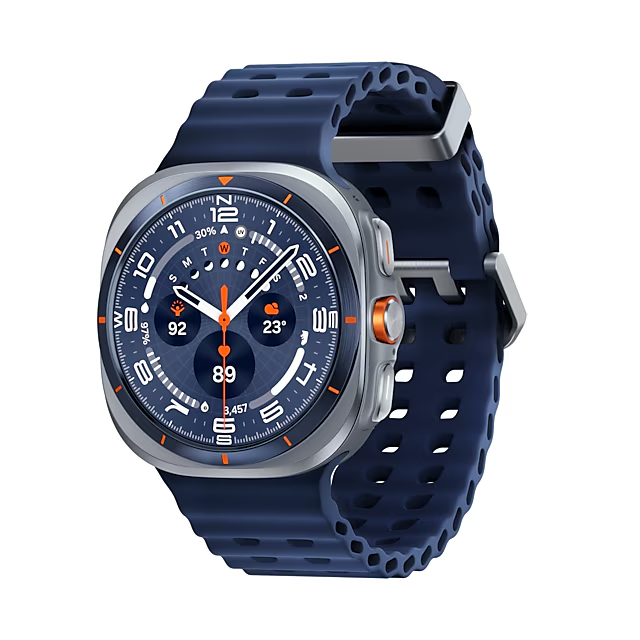


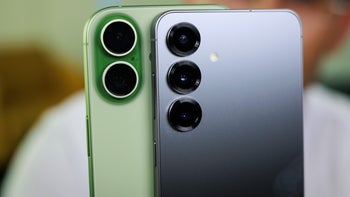
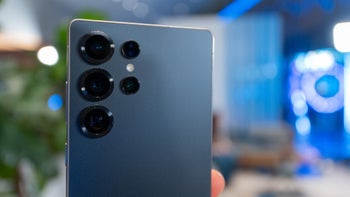

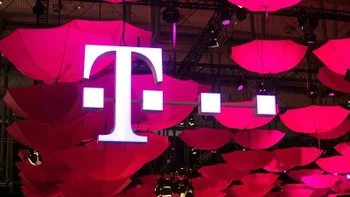
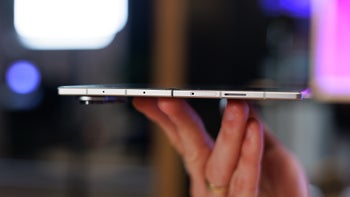

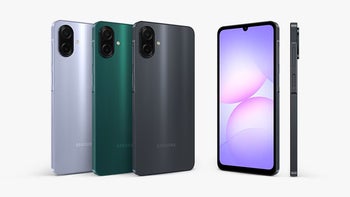
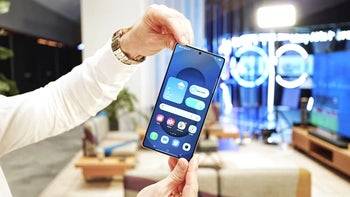
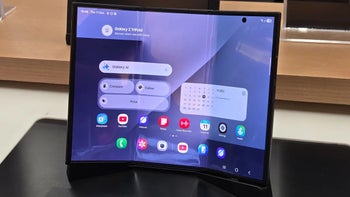
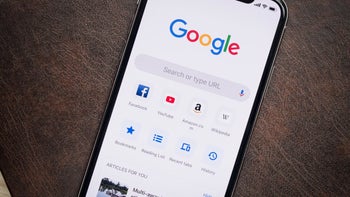
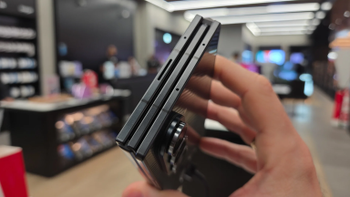
Things that are NOT allowed:
To help keep our community safe and free from spam, we apply temporary limits to newly created accounts: